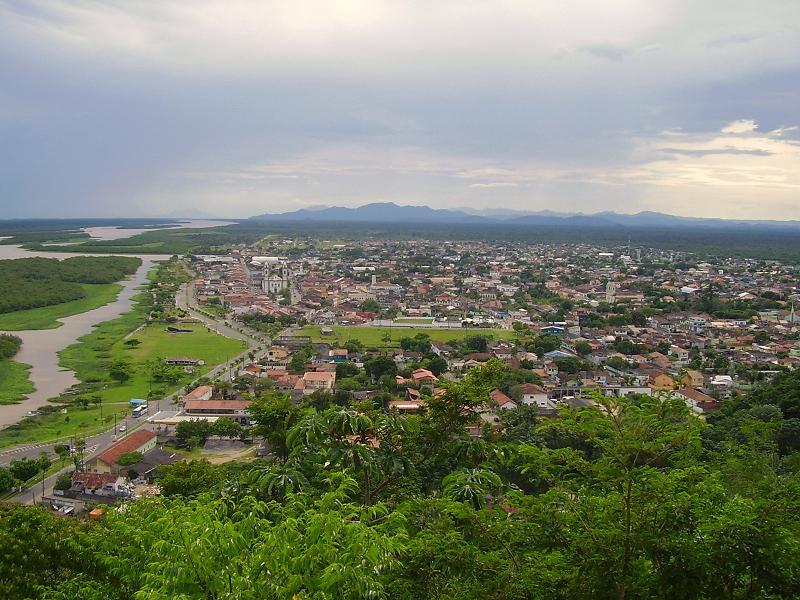Image Credit:NASA's Goddard Space Flight Center
For the first time, a NASA satellite has quantified in three
dimensions how much dust makes the trans-Atlantic journey from the Sahara
Desert the Amazon rain forest. Among this dust is phosphorus, an essential
nutrient that acts like a fertilizer, which the Amazon depends on in order to
flourish.
What connects Earth's largest, hottest desert to its largest
tropical rain forest?
The Sahara Desert is a near-uninterrupted brown band of sand
and scrub across the northern third of Africa. The Amazon rain forest is a
dense green mass of humid jungle that covers northeast South America. But after
strong winds sweep across the Sahara, a tan cloud rises in the air, stretches
between the continents, and ties together the desert and the jungle. It’s dust.
And lots of it.
For the first time, a NASA satellite has quantified in three
dimensions how much dust makes this trans-Atlantic journey. Scientists have not
only measured the volume of dust, they have also calculated how much phosphorus
– remnant in Saharan sands from part of the desert’s past as a lake bed – gets
carried across the ocean from one of the planet’s most desolate places to one
of its most fertile.
A new paper published Feb. 24 in Geophysical ResearchLetters, a journal of the American Geophysical Union, provides the first
satellite-based estimate of this phosphorus transport over multiple years, said
lead author Hongbin Yu, an atmospheric scientist at the University of Maryland
who works at NASA's Goddard Space Flight Center in Greenbelt, Maryland. A paper
published online by Yu and colleagues Jan. 8 in Remote Sensing of the
Environment provided the first multi-year satellite estimate of overall dust
transport from the Sahara to the Amazon.
This trans-continental journey of dust is important because
of what is in the dust, Yu said. Specifically the dust picked up from the
Bodélé Depression in Chad, an ancient lake bed where rock minerals composed of
dead microorganisms are loaded with phosphorus. Phosphorus is an essential
nutrient for plant proteins and growth, which the Amazon rain forest depends on
in order to flourish.
Nutrients – the same ones found in commercial fertilizers –
are in short supply in Amazonian soils. Instead they are locked up in the
plants themselves. Fallen, decomposing leaves and organic matter provide the
majority of nutrients, which are rapidly absorbed by plants and trees after
entering the soil. But some nutrients, including phosphorus, are washed away by
rainfall into streams and rivers, draining from the Amazon basin like a slowly
leaking bathtub.
The phosphorus that reaches Amazon soils from Saharan dust,
an estimated 22,000 tons per year, is about the same amount as that lost from
rain and flooding, Yu said. The finding is part of a bigger research effort to
understand the role of dust and aerosols in the environment and on local and
global climate.
Dust in the Wind
"We know that dust is very important in many ways. It
is an essential component of the Earth system. Dust will affect climate and, at
the same time, climate change will affect dust," said Yu. To understand
what those effects may be, "First we have to try to answer two basic
questions. How much dust is transported? And what is the relationship between
the amount of dust transport and climate indicators?"
The new dust transport estimates were derived from data
collected by a lidar instrument on NASA's Cloud-Aerosol Lidar and Infrared
Pathfinder Satellite Observation, or CALIPSO, satellite from 2007 though 2013.
Image Credit: NASA Goddard's Scientific Visualization Studio
The lidar instrument aboard the CALIPSO satellite sends out
pulses of light that bounce off particles in the atmosphere and back to the
satellite. It distinguishes dust from other particles based on optical
properties.




















No comments:
Post a Comment